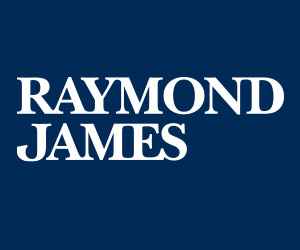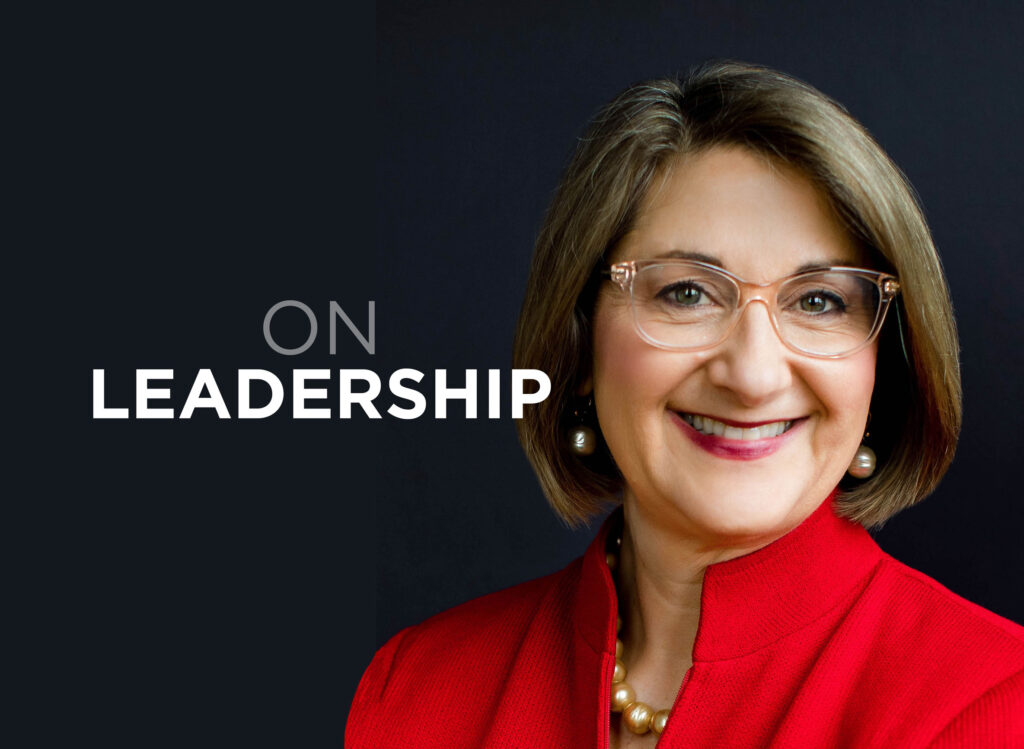On Leadership: Connecting in the hybrid age – Best practices for leader communication

Earlier in my career, before the pandemic, I worked for a national financial services company with geographically dispersed colleagues. I rarely saw many of my co-workers in person, a fact that initially concerned me. However, we used collaborative tools to stay aligned and held regular conference and video calls for work updates. These virtual meetings also served as opportunities for informal check-ins — small connections that built camaraderie and trust. In launching a new program for financial advisers, our team communicated effectively despite the distance, sharing ideas and problem-solving together. We met the deadline and delivered a high-quality program. That experience taught me that strong team culture and clear communication don’t require physical proximity; they’re about intentional connection and leveraging technology — and that they make a difference in employee morale and engagement.
This lesson is even more relevant in today’s rapidly evolving work landscape, marked by the increasing adoption of hybrid, remote or distributed teams. In these diverse scenarios, effective communication has become critical for leadership success.
“If you want to be a successful leader in 2025, you might want to put the two C’s at the top of your list: communication and culture,” says a recent MIT Sloan Management Review article on leadership skills needed in 2025. The article asserts that strong communication is the bedrock of a thriving organizational culture, particularly for distributed teams, where informal interactions are limited and leaders must intentionally create opportunities for connection and dialogue.
A recent report by the USC Annenberg Center for Public Relations echoes this sentiment. Respondents of the study reported that internal communication contributes to organizational success (66%), that it has become more important (65%) and that its use has increased significantly (63%).
The Annenberg study stated: “The wide adoption of remote and hybrid practices has created a delicate balancing act between corporate culture and employee morale, which presents internal communicators with the opportunity to redefine the future of work and their role in it.”
Connecting, inspiring, and guiding teams no matter where they are or what platform they’re on requires a new set of communication skills and intentionality on the part of organizations. Fostering a culture of continuous learning will be key; leaders who encourage self-reflection and provide growth opportunities will be more effective in empowering their teams to adapt and thrive in the face of constant change.
How can leaders enhance their communication and foster a strong sense of culture in this dynamic environment, even when team members are physically apart or have different arrangements?
Leaders should strive to create an environment where team members feel comfortable sharing their thoughts and concerns openly, minimizing misinformation and fostering shared understanding. This involves sharing information effectively, actively listening to team members’ perspectives and feedback and being transparent about decision-making processes. Open discussions about the rationale behind changes can help alleviate anxieties and build trust in a rapidly changing world.
I turned to local executives and communication experts and asked them to share some best practices for leaders who want to communicate more effectively in today’s ever-changing workplace.

Lauren M.G. Burt, head of global corporate affairs, Kemin Industries
In today’s workplace, leaders should have several touch points with their team that enable effective communications while also enhancing culture and building connectedness.
The timing of leadership communication has a huge impact on morale and engagement. Leaders should model the way when it comes to nonwork hour communications. Burnout and undue stress are created when a manager regularly sends messages at odd hours, during weekends, or while on vacation. Unless something is of the utmost importance, use delayed email delivery and hold off on late-night Teams or text messages.
If a team is hybrid, emphasize that everyone is expected in person for full team meetings and schedule quarterly in-person functions. Explore opportunities to have annual or quarterly in-person meetings to help foster relationships.
Proactively discuss with team members the preferred modes of digital communication. For fully remote teams, set a standard that cameras should be on during meetings to better connect with others. Schedule one-on-one standing meetings. Setting expectations in advance will prevent future communication breakdowns.

Shadley Grei, founder, Grei Matter and Kingbird Press
I collaborate with teams nationwide while being 95% remote, and clarity is the foundation of effective communication. Expectations and deadlines must be explicitly clear. Additionally, structured yet flexible communication keeps teams aligned without micromanaging. Project management tools provide visibility into progress, reducing unnecessary meetings. The key is balancing structure with adaptability while ensuring that communication remains human, purposeful, and results-oriented.

Adam Lackey, director of marketing and communications, the Waldinger Corp.
The irony of our current age is that we have more ways to communicate than ever before, but research shows most of us aren’t doing a better job of it. The technologies that make it possible to work and collaborate from anywhere also make it a challenge to connect in a meaningful way. This is why it’s important to be deliberate and have a plan for how to connect with your team members. Creating an effective plan starts with listening. Whether it’s asking the question in a one-on-one setting or conducting a broader survey, understanding the communication needs and preferences of your team is the key to creating meaningful connections. From there, a leader can tailor a communications strategy to meet the needs of team members. This is a modern leadership challenge that demands leaders stay in tune with their team, leading to positive outcomes for employee engagement and satisfaction.

Dave Price, Iowa political director, Gray Media Iowa TV Station Group; author, “Dave Price’s Perspective,” Iowa Writers’ Collaborative
I don’t have all the answers. I left a job that I held for two decades for the unknown. Instead of one local television station, I now work for nine. Communication is vital.
No blueprint. A mostly remote job in television for a guy who spent his career in an office? Information consumption has changed; we must evolve.
I work in Des Moines from a TV studio in my home. Everyone else, besides one staffer, works elsewhere. (No one knows if I’m wearing shorts!)
My commitment to communication means daily Teams, Zoom, email, texts, occasional road trips for face-to-face conversations, and lunches with my Des Moines colleague for feedback and mentoring.
Am I serving viewers as they deserve and providing meaningful content for my company?
This is new. I don’t have it all figured out.
Communication with confidence demonstrates strength. But leading with humility shows our character.

Courtney Shaw, chief communications officer, Greater Des Moines Partnership
Communication is the key, every time. No matter if the workplace is in person, hybrid or remote, leaders can be intentional about how they connect with their teams. Clear expectations, regular check-ins and multiple channels for dialogue, whether it’s online chats or in-person moments, help ensure alignment. Communication is about logistics and culture. Team members appreciate feeling heard, valued and part of something bigger. That means having an environment where feedback flows both ways and where leaders model transparency and trust. The right communication and the right culture create the place and space for people to show up, engage and contribute.

Suzanna de Baca
Suzanna de Baca is a columnist for Business Record, CEO of Story Board Advisors and former CEO of BPC. Story Board Advisors provides strategic guidance and coaching for CEOs, boards of directors and family businesses. You can reach Suzanna at sdebaca@storyboardadvisors.com.






